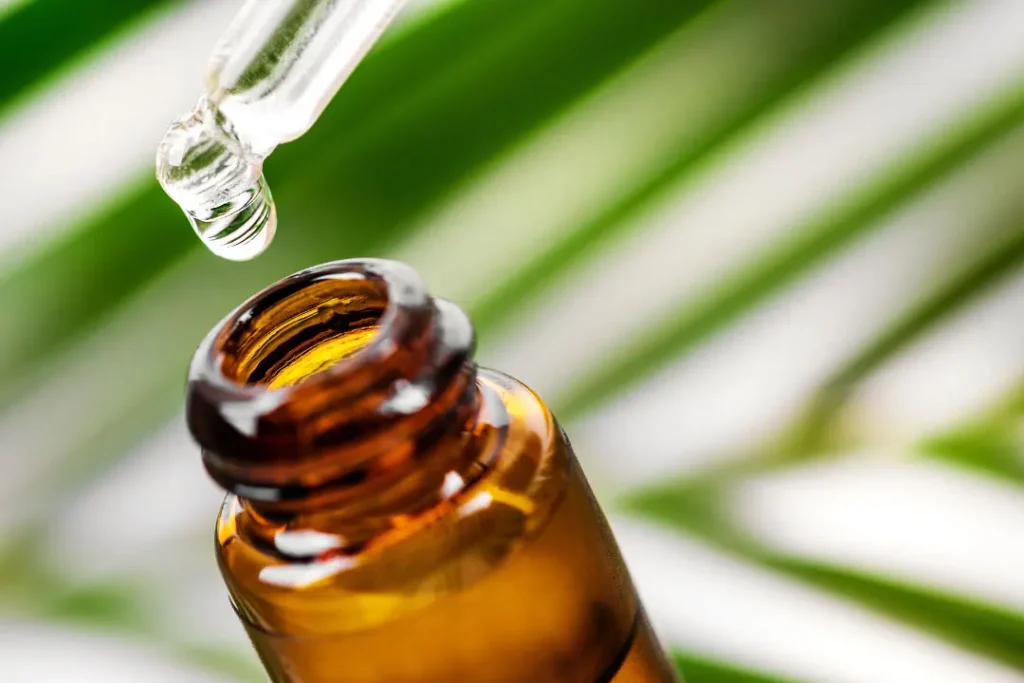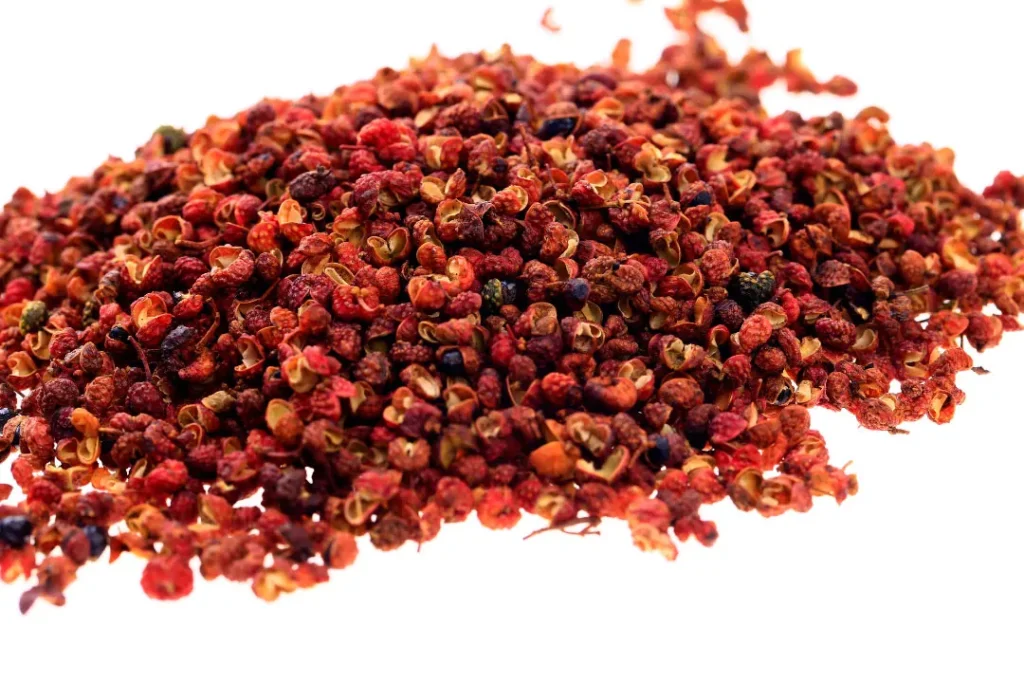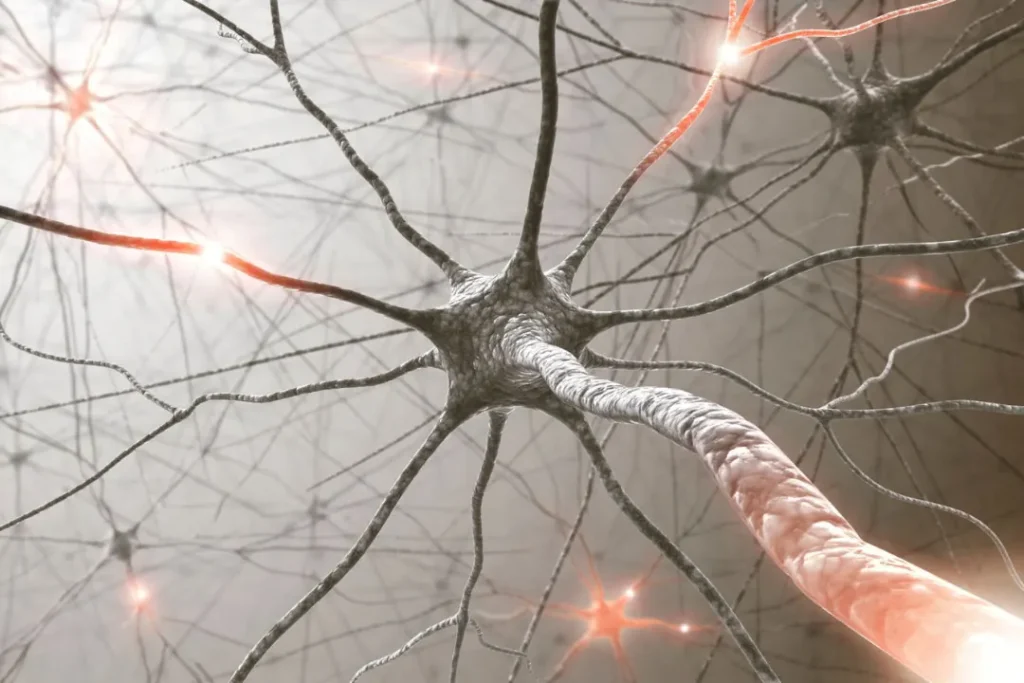Chinese Prickly Ash is used in both Traditional Chinese Medicine (TCM) and cuisine. Chinese Prickly Ash is also known as zanthoxylum bungeanum. This plant, which belongs to the Rutaceae family, has a variety of biochemical components, making it valuable both therapeutically and gastronomically. This page examines the characteristics of Chinese Prickly Ash, the health advantages, the recommended dose, any potential adverse effects, any drug interactions, and the most ethical ways to utilize this medicinal plant.
You May Also Like:
5 Great Supplement Ingredients to Include In Your Nootropic Stack
3 Great Nitric Oxide Health Benefits, And How To Boost Your Nitric Oxide Level
Chinese Prickly Ash: Benefits, Dosage, Side Effects, Drug Interactions, and Other Important Information is an original (NootropicsPlanet) article.
Nature of Chinese Prickly Ash
The word “prickly” in Chinese Prickly Ash’s name refers to the distinctive tiny size and thorniness. The plant’s leaves, bark, and seeds all contain a variety of phytochemicals. Some of those phytochemicals it contains include alkaloids, flavonoids, terpenoids, and volatile oils. The plant’s peculiar sensory quality, which has gained popularity in Asian culinary traditions, is mostly attributed to alkaloids, such as sanshools.

Health Benefits of Chinese Prickly Ash
Here, we go through a few of this plant’s most notable health advantages.
- Antioxidant capabilities: Chinese Prickly Ash, like many other herbs used in TCM, has antioxidant capabilities because of the flavonoids it contains. These substances reduce the body’s oxidative stress, which is linked to aging and chronic illnesses, including diabetes and cancer. Chinese Prickly Ash does this by neutralizing dangerous free radicals.
- Analgesic and anti-inflammatory qualities: Chinese Prickly Ash has analgesic and anti-inflammatory properties, which are principally due to its alkaloids. These compounds have the ability to reduce inflammation and discomfort by inhibiting the production of pro-inflammatory cytokines. As a result, they may be helpful in treating diseases including gastritis and arthritis.
- Antibacterial Properties: The plant’s volatile oils show signs that they suppress bacterial and fungal development, pointing to possible uses in the treatment of infectious disorde
Chemistry of Chinese Prickly Ash
The chemistry of Chinese Prickly Ash is complex and varied. There are a wide range of bioactive substances contributing their special qualities to the plant’s overall pharmacological capabilities. The three main types of these chemicals are: alkaloids, terpenoids, and flavonoids.
Sanshools are the most noteworthy alkaloids present in Chinese Prickly Ash. These nitrogen-containing organic chemicals cause users to experience the distinctive numbing effect of the plant. This numbing effect is a special quality used in Asian culinary traditions. Other alkaloids Chinese Prickly Ash contains are nitidine, chelerythrine, and magnoflorine, among others that are present.
Continuing, rutin, quercetin, and kaempferol are a few of the important flavonoids found in the plant. These substances are known for having antioxidant capabilities, and they contribute directly to the health advantages that Chinese Prickly Ash provides.
The volatile oils of the plant include terpenoids like pinene and limonene that are also crucial to the plant’s potential to benefit your health. These substances are essential to the plant’s antibacterial qualities and give Chinese Prickly Ash its distinctive scent.


Mechanism of Action
Chinese Prickly Ash’s bioactive components are likely behind its therapeutic effects. The flavonoids, which neutralize free radicals and in doing so lessen oxidative stress, are principally responsible for the antioxidant action of Chinese Prickly Ash.
Alkaloids, like sanshools, are responsible for the analgesic and anti-inflammatory qualities of Chinese Prickly Ash. These substances block the transmission of pain by interacting with ion channels in your nervous system. Additionally, they inhibit the synthesis of pro-inflammatory cytokines, which lowers inflammation.
The volatile oils and their components are principally responsible for the antibacterial actions. These substances have the ability to damage microbial cell walls and membranes, obstruct vital microbial enzymes, and interfere with microbial genetic material, which prevents pathogen proliferation.
Chinese Prickly Ash is a useful medicinal plant with a range of health advantages. It has a lot of bioactive substances, which contribute to its anti-inflammatory, analgesic, antioxidant, and antibacterial activities. However, it should be used sensibly and preferably under the direction of a healthcare professional in order to maximize these advantages and guarantee safety. Although Chinese Prickly Ash has been utilized for millennia in traditional medicine, more thorough scientific investigation might help reveal the full amount of its medicinal potential.


Optimal Dosage of Chinese Prickly Ash
While there isn’t a single, approved dosage for Chinese Prickly Ash at this time, it has historically been used medicinally in doses of 3-6 grams of dry plant per day. The precise dose, however, will depend on the mode of administration (e.g., decoction, tincture, or pill), the health of the person using it, and the condition within the person using it that is being treated. As with any therapeutic plant, you are advised to seek individualized counsel from a healthcare professional for the best dose for you.
Side Effects of Chinese Prickly Ash
When handled properly, Chinese Prickly Ash is usually regarded as safe. But because of the sanshools, some people may have negative side effects including nausea, increased salivation, or a strange numbing feeling in the mouth. Allergic responses might happen occasionally. People who are hypersensitive to the plant or any of its ingredients should stay away from it.


Potential Substance Interactions
As of the time of writing of this article, no specific drug interactions with Chinese Prickly Ash have been reported in scientific literature. Nevertheless, you should take care when combining Chinese Prickly Ash with other drugs, particularly those with analgesic, anti-inflammatory, or antibacterial actions, due to its bioactive components’ propensity to impact a number of physiological processes. Before beginning any new supplement, especially if you are currently taking medicine, please always check with your doctor.
Best Use of Chinese Prickly Ash
The best way to utilize Chinese Prickly Ash would mostly rely on a person’s medical requirements and therapeutic objectives. The following recommendations will help you make the most of this therapeutic herb:
- Culinary Use: Chinese Prickly Ash is often used as a spice in cooking to give food its distinct taste and scent. A variety of dishes may take on an intriguing new flavor thanks to the sanshools’ numbing effect.
- Pain Management: If taken for its analgesic effects, it is best to follow a healthcare provider’s instructions regarding dose and use time. Depending on the kind and location of the pain, using Chinese Prickly Ash oil topically or ingesting the plant may be good options for you.
- General wellbeing: Chinese Prickly Ash may be used sparingly, in accordance with conventional use instructions, or as prescribed by a healthcare professional as a supplement for general wellbeing. This may include preparing the dried herb into a tea or consuming it orally in the form of capsules.
- Antimicrobial Use: Chinese Prickly Ash may be utilized as a natural alternative to synthetic antimicrobials due to its antimicrobial properties. It’s crucial to keep in mind that without a healthcare provider’s supervision, it shouldn’t take the place of authorized antibiotics or antifungal drugs.
Chinese Prickly Ash’s robust chemistry endows it with a variety of health advantages, making it both a good dietary supplement and a strong therapeutic plant. But in order to completely reap its rewards, you must utilize it sensibly, preferably under expert direction. Its therapeutic potential might be better understood with greater investigation into the molecular interactions of its active chemicals with physiological circuits.


Chinese Prickly Ash: Conclusion
Chinese Prickly Ash has been used by eastern cultures for many generations as an ingredient in food preparation and as a medicinal treatment. These days, scientists and consumers of global cultures are showing interest in Chinese Prickly Ash as well. We are learning more about its potential to improve health on various fronts.
The effects are powerful, so if a first-time user of it, please remember its effects and processes and how they may interact with any medications you take and existing health conditions you have. There is a growing body of scientific literature that provides insight on the how this ancient plant may prove beneficial to your health. Maybe what you have read here today will lead you to consider integrating Chinese Prickly Ash into your diet.
References:
- Composition, structure and flavor mechanism of numbing substances in Chinese Prickly Ash in the genus Zanthoxylum. Retrieved From: https://www.sciencedirect.com/science/article/abs/pii/S0308814621024602
- Chinese Prickly Ash – Uses, Side Effects, and More. Retrieved From: https://www.webmd.com/vitamins/ai/ingredientmono-1121/chinese-prickly-ash
- The current situation of Zanthoxylum bungeanum industry and the research and application prospect – A review. Retrieved From: https://pubmed.ncbi.nlm.nih.gov/36462661/
Important Note: The information contained in this article is for general informational purposes only, and should not be construed as health or medical advice, nor is it intended to diagnose, prevent, treat, or cure any disease or health condition. Before embarking on any diet, fitness regimen, or program of nutritional supplementation, it is advisable to consult your healthcare professional in order to determine its safety and probable efficacy in terms of your individual state of health.
Regarding Nutritional Supplements Or Other Non-Prescription Health Products: If any nutritional supplements or other non-prescription health products are mentioned in the foregoing article, any claims or statements made about them have not been evaluated by the U.S. Food and Drug Administration, and such nutritional supplements or other health products are not intended to diagnose, treat, cure, or prevent any disease.
